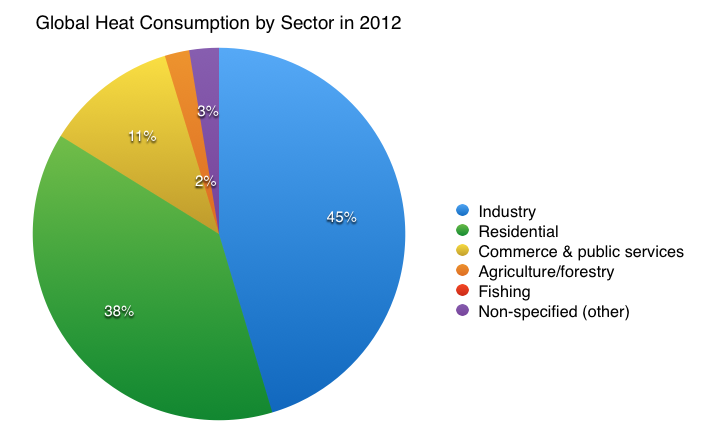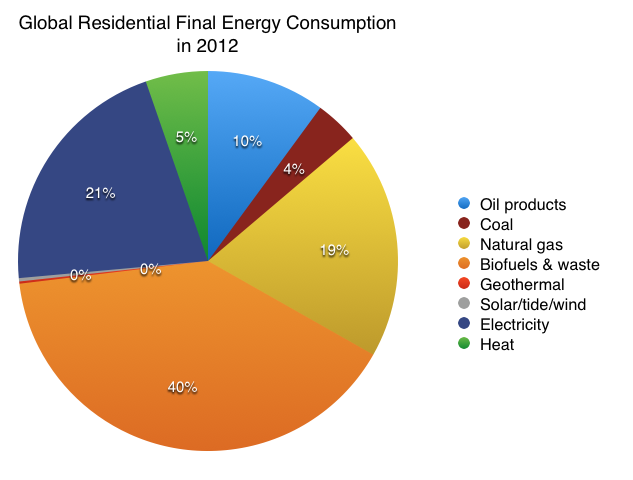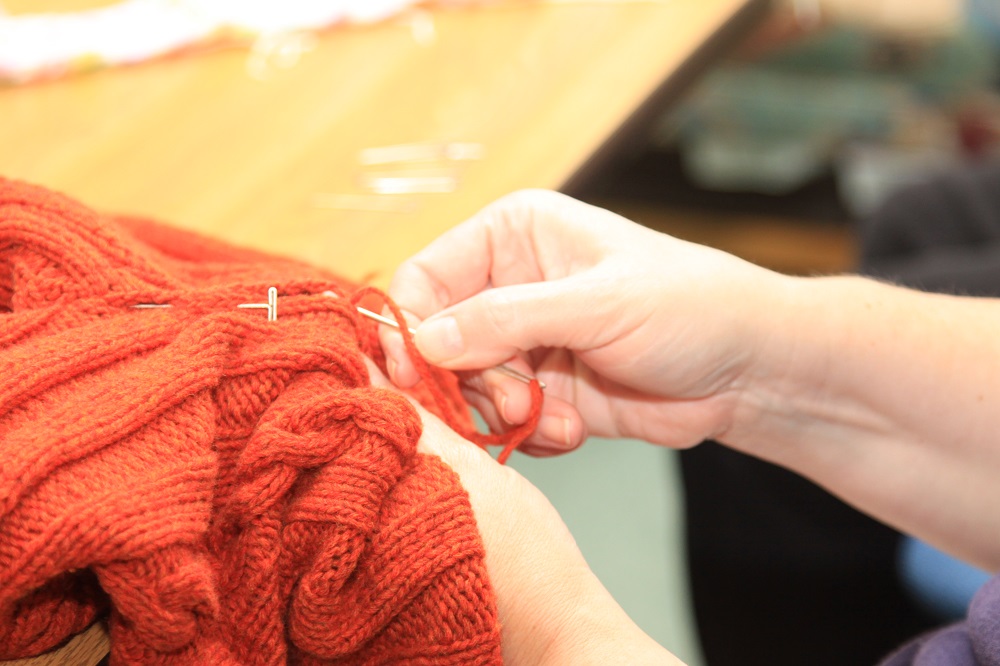
Could there be a substitute for indoor heating in the future? New research from Stanford University suggests that highly insulating clothing may provide enough heat that we can reduce or even eliminate the need for traditional heating systems. Today, we explore this research as well as other fabrics favorable for staying warm — and cool.
Keeping Warm with Coated Textiles
Heating a home amidst the harsh winter cold can often be a very costly task. According to data from the International Energy Agency (IEA), 38% of global heat consumption in 2012 was attributed to residential heating. Of all energy consumed by residents, 5% went to heating. An alternate method for keeping warm could lead to both cost savings for residents around the world and a positive environmental impact.


Data presented in both pie charts was found on the IEA website.
Led by Profressor Yi Cui, a team of researchers at Stanford University has investigated an alternative to today’s indoor heating systems — one that is centered around your wardrobe. Rather than concentrating on enhancing the insulation of buildings, these researchers focused on heating people. If this works, it would prevent heat from being wasted on empty space or inanimate objects.
Their research focuses on the strategy of personal thermal management, with clothing dipped into a silver nanowire solution that features super-insulating properties. Once dipped into the solution of metallic nanowires (AgNWs), the clothing offers passive insulation. Additionally, the coating enables active heating when the clothing is connected to an external power source.
The Advantages
One of the key advantages of this nanowire-coated clothing is that it reflects more than 90% of a person’s body heat back to the person dressed in the material. Silver is considered a low-emissivity material, meaning that it emits less radiation and thus offers greater insulation than high-emissivity materials.

A wool sweater reflects back only about 20% of a person’s body heat.
Another important characteristic to note is the comfortable nature and natural feel of the clothing. Because of the nanowires’ porous structure, the clothing remains breathable, featuring spaces large enough to let water vapor molecules pass through, yet small enough to prevent body heat from escaping. With only a small amount of coating needed to achieve high reflectivity, the AgNW-coated clothing supposedly features nearly the same feel as regular clothes and is relatively inexpensive in cost.
A Fabric for Every Season
The research behind this new insulating clothing got me thinking: Which fabrics should I choose during colder versus warmer months?
Cold Weather Clothing
Let’s begin with the best options for colder weather. I previously mentioned the reflectance of a wool sweater in comparison to the nanowire-coated clothing. This speaks to the strength of the insulating clothing, as wool is one of the best fabrics to wear in cold temperatures. Wool is able to quickly move moisture away from a person’s skin and is exceptionally strong at trapping warmth and staying dry.
Designed to imitate wool, fleece is another fabric that is valued for its ability to keep the body warm. In addition to keeping moisture away from a person’s skin, this fabric stays breathable when wet and also dries rather quickly.
Fabrics for Warm Weather
As the weather warms up, you should put away your wool and fleece and bring out your cotton and linen fabrics.
Cotton is a lightweight, breathable fabric that features a porous structure, which allows for better air circulation. Because cotton fibers are hollow in the center, they can absorb a person’s sweat and quickly release it. This helps you remain comfortable amidst very warm temperatures.
Like cotton, linen is also a lightweight and breathable fabric. It is, however, noted as a stronger conductor of heat, which makes it more breathable than its cotton counterpart.
Wash-and-Wear
For every type of fabric, it is important to consider how durable the clothing will remain over time, specifically after undergoing multiple wash cycles.
In the case of the AgNW-coated clothing, the findings showed that the clothing could maintain its electrical properties through numerous wash cycles, with the electrical resistance decreasing after the initial two wash cycles and stabilizing after the third cycle. Researchers estimate that, if successful, the insulated clothing could help save around 1,000 kWh of heating energy per person per year, with the heating system assumed to operate four months out of the year.



Comments (0)